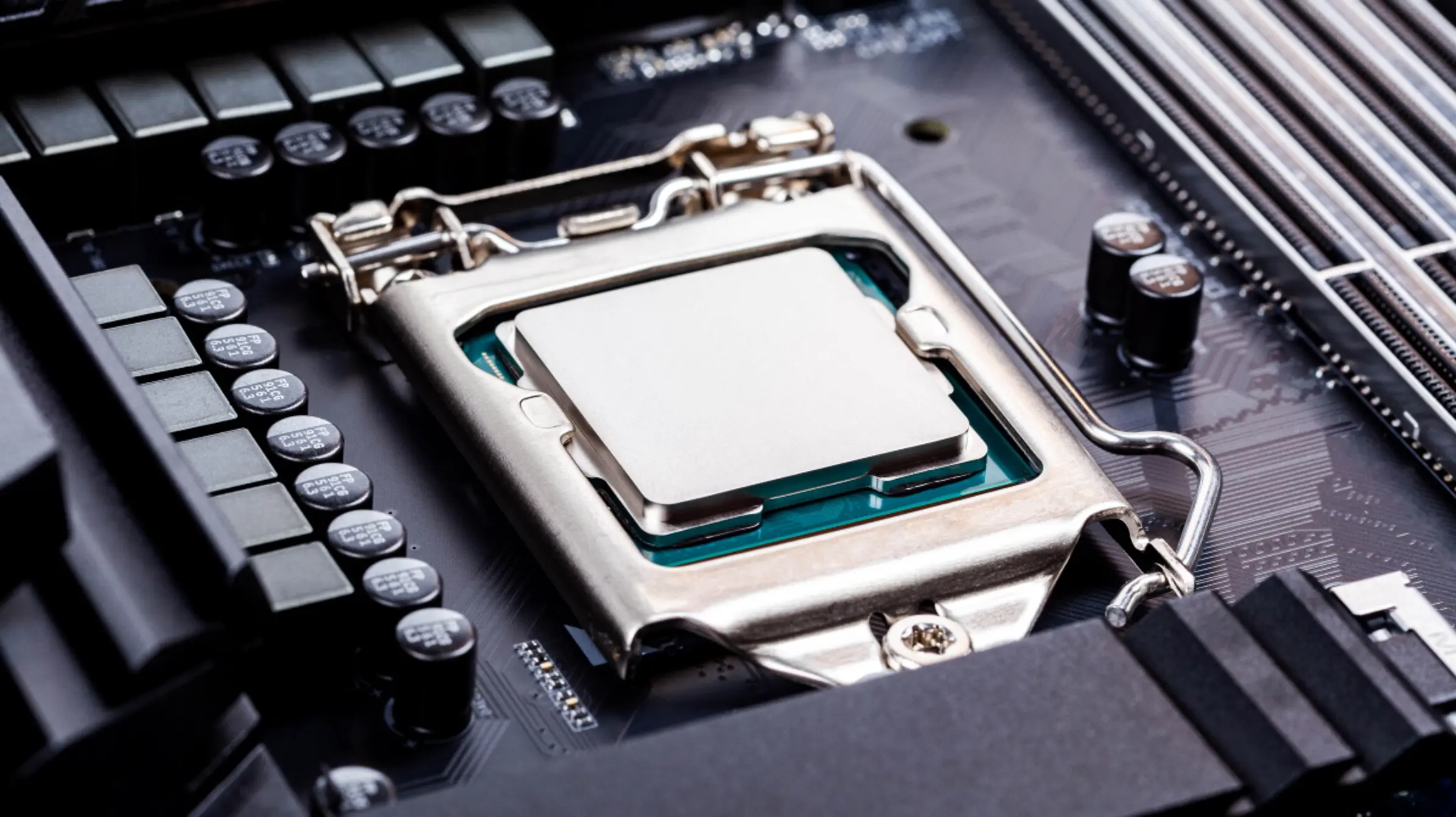A Complete Guide to Processor Socket and Slot Types

Choosing a processor is easy, but knowing the different types of sockets available can be confusing. Many types and variations exist, including LGA, BGA, sTRX4, and TR4. Here’s a complete guide to processor socket and slot types. And don’t worry! We’ll explain what they are and which ones you should use on your computer. You’ll be able to identify which one is best for your needs.
LGA
Choosing the right CPU requires thoroughly understanding the different socket and motherboard slots. These designations are important for determining whether a specific processor will work on a particular motherboard. Intel and AMD each design CPU sockets with different ranges of upgrades. The designations for each standard processor socket are listed below. You can also find the types of processor chips for each socket type. Here’s a complete guide to processor socket and slot types:
PGA
CPU sockets come in two main types: pin-grid array (PGA) and ball-grid array (BGA). PGA sockets look like a checkerboard with squares, which fit around the pins of the CPU. BGA sockets, on the other hand, are often used in notebook computers and other testing applications. The most important difference between these two types is their pin spacing, which varies significantly between manufacturers.
sTRX4
The AMD Ryzen Threadripper uses a new processor socket with a different pin layout than the TR4 processor. The sTRX4 socket has four PCI-E x16 slots and was released on Nov. 25th. In addition, the socket supports only 3rd Gen Threadrippers, so older processors won’t boot. Learn more about the sTRX4 processor socket and slot types to upgrade your PC.
Check out the best CPU benchmark software for Windows by visiting this post (https://validedge.com/best-cpu-benchmark-software/) by ValidEdge.
TR4
When buying a computer, it is important to know how to identify the different kinds of processor sockets and slots. The sockets are different sizes and shapes and are used for various purposes. Some have a great matrix, which connects to the microprocessor to make the machine run. Others have several slots, allowing the machine to run multiple types of equipment simultaneously. Fortunately, a wide variety of processor sockets and slots are available for different microcomputers, with different pin configurations and geometric arrangements.

LGA 1700
The LGA 1700 processor socket is designed for the Alder Lake family, the 12th generation of Intel’s Core processors. As of 2017, the LGA 1700 socket will likely be used for new Intel consumer CPUs. However, the LGA 2066 socket was introduced in 2017 and is used for Kaby Lake-X, Cascade Lake-X, and Skylake-X processors. While it is less common than the previous two sockets, LGA 1700 processors are still widely used in high-end desktop PCs.
LGA 2066
Intel has recently released a new CPU socket type called the LGA 1151. This new socket is completely different from than previous ones. The main differences are their shape and size, but the fact remains that they both work with the same processor. The advantages and disadvantages of each are listed below. This is a quick guide to the differences between the LGA and LGA 2066 sockets. Here’s a look at what each one does and why it’s better than the other.
AMD sTRX4
The socket and slot types for AMD’s sTRX4 processors vary slightly from other CPUs. Socket types are usually based on the LGA surface mounting method. sTRX4 processors, for example, use a sGA4094 socket. The PGA or Pin Grid Array socket is the opposite of LGA; the pins are arranged closer together on the CPU than they are on the motherboard.
LGA 4189
Intel introduced the LGA 4189 processor socket in 2020. This new socket is designed to accommodate higher-end desktop and workstation processors. It supports the new Intel Ice Lake-SP processor family. It has two variants, the P4 and P5 types. The former is used for processors of the Ice Lake-SP family, while the latter is compatible with the newer Cooper Lake CPUs. The distinctions between these two varieties of processor sockets will be discussed in this article.
- Unlocking the Secrets: How to Become a Successful YouTuber - March 17, 2024
- Unlocking the Power of Home Loan Calculators: A Comprehensive Guide - March 9, 2024
- Understanding Dementia: A Comprehensive Guide - March 7, 2024






